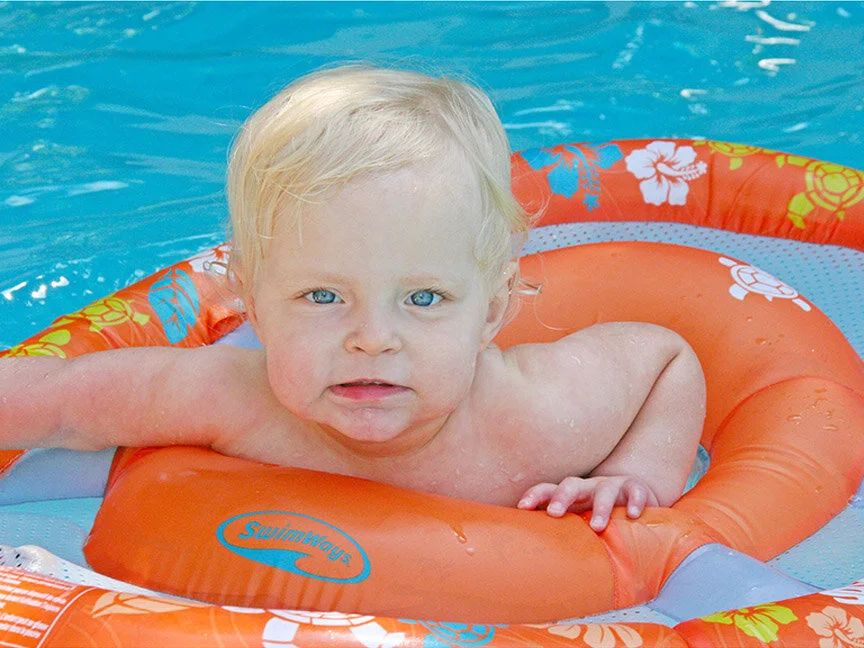DROWNING 1980-2018
After dropping nearly 400 percent from 1980 to 2016, drowning deaths in children 0-14 rose the last two years that data has been available—a total of 20 percent from 2016-2018. Click the buttons which link to a page on the CDC site. Click the “I Agree” button. Charts will automatically appear.
GENERAL STATISTICS
Statistics furnished by the National Safety Council, Safe Kids Worldwide, the Centers for Disease Control and Prevention, the Consumer Products Safety Commission, the American Red Cross and the American Academy of Pediatrics.
Drowning is responsible for more deaths among children under four than any other cause.
Over 4,500 people drowned each year in the United States from 2020–2022. This is about 500 more drowning deaths each year compared to 2019.
Between 50-65 percent of Americans cannot swim well or at all.
55% of adults have not taken a swimming lesson.
There were 24,190 drownings in the U.S. from 2009-2018 with 3,913 under the age of 4, 2,046 ages 5-12, 2,743 ages 13-19.
Of those drowning, 21.3% were in pools, 25.9% in lakes, 27.2% in rivers, 10.4% in oceans.
The three states with the most drownings are Florida, Texas, California.
Only 1 percent of parents surveyed said drowning was a home safety concern, yet drowning is the leading cause of injury-related death in the home for children ages 1 to 4.
For children under 14, 88% of drowning deaths occur with at least one adult nearby.
13% of drownings occur at public pools.
20 percent of people know someone who has drowned and 46 percent say they have been in a situation in which they thought they might drown.
In severe nonfatal drowning cases, brain damage, memory problems, learning disabilities, and permanent loss of basic functioning (vegetative state) can occur.
Emergency departments treat about 6,400 pool and spa injuries in children under 15 every year.
Boys younger than 15 die from drowning at twice the rate as girls.
More than 10 people die each day from unintentional drowning, and on average two are under age 14.
For children under 14, drowning is the second-leading cause of unintentional injury death behind motor vehicle crashes.
For every child who dies from drowning, another five receive emergency care for nonfatal submersion injuries.
As many as 20 percent of non-fatal drowning survivors suffer severe, permanent neurological disability, the effects of which often result in long-lasting psychological and emotional trauma for the child, the family and the community.
Typical medical costs for a non-fatal drowning victim can range from $100,000 for initial treatment to $250,000+ a year for long-term care. The total cost of a single non-fatal drowning that results in brain injury can be more than $5 million.
Children under 1 are more likely to drown in a home bathtub.
Most drownings take place in pools of family, friends or relatives.
For children under five, 87% of fatal drownings happen in home pools or hot tubs.
After pools, bathtubs are the second leading location where young children drown. However, buckets, bath seats, wells, cisterns, septic tanks, decorative ponds, and toilets are also potential drowning sources for infants and toddlers.
Children 5-17 are more likely to drown in natural water, such as a pond, lake, river, channel or ocean.
64% of Black, 45% of Latino, and 40% of white children have few to no swimming skills.
Drowning death rates for Black people were 28% higher in 2021 than in 2019.
When parents have no/low swimming skills (or competence) ability, their children are unlikely to have proficient swimming skills which affects 78% of Black children, 62% of Latinx children the same way.
Black children 5-19 drown in swimming pools at rates 5.5 times higher than white children in the same age range.
Black children 11-12 are 10 times more likely to drown than their white counterparts.
79% of children in households with incomes less than $50,000 have few to no swimming skills.
Drowning is the leading cause of injury death in autistic children.
Children with autism spectrum disorder are 160 times more likely to experience nonfatal and fatal drowning than their typically developing peers.
| CLICK ICON TO JUMP TO PAGE |










